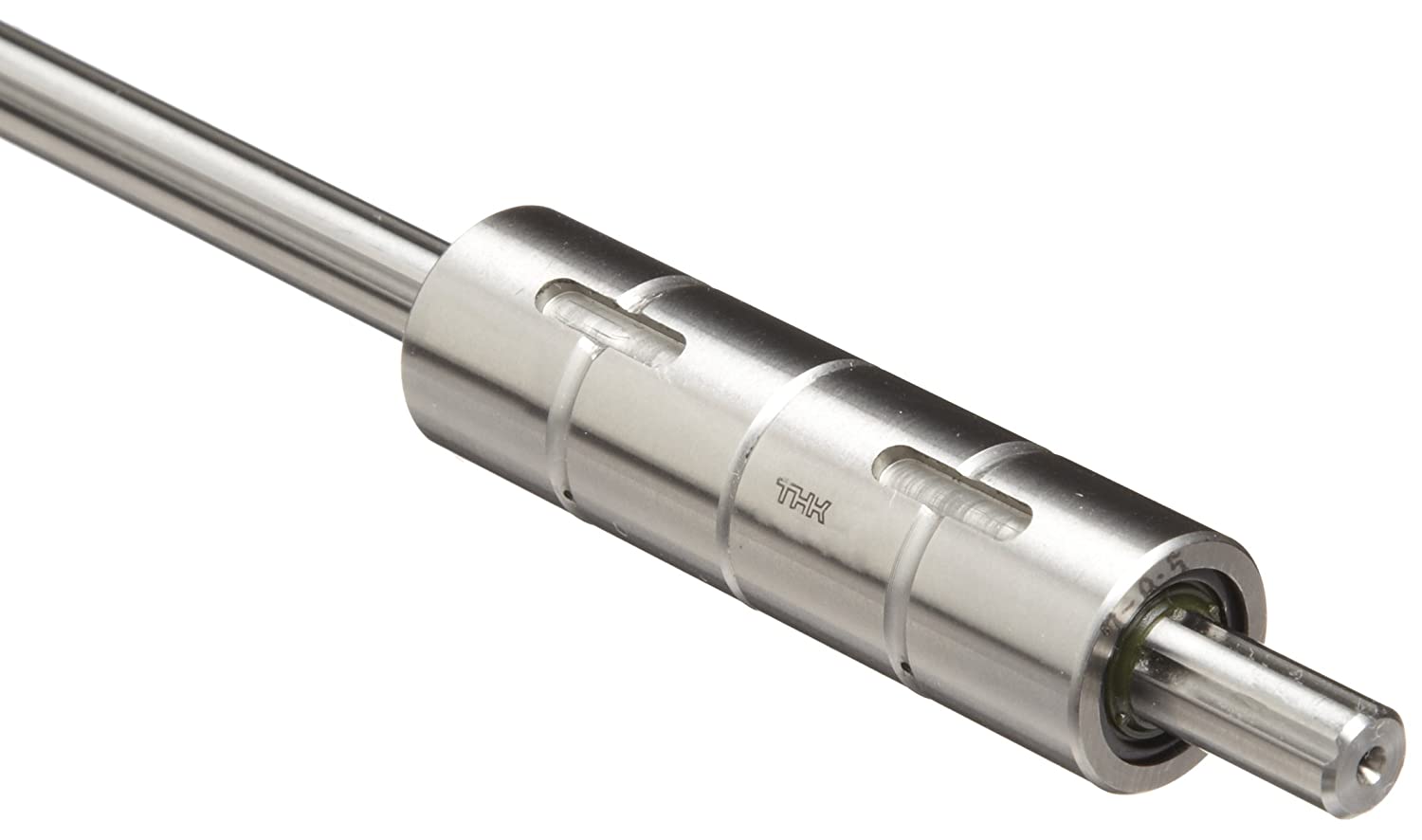What is a ball spline?
Ball splines (https://www.tuli-shop.com/linear-motion-products/linear-bushing-and-shafts/ball-spline-bushing) are linear motion bearings that are used to accomplish a friction-free forward motion and at the same time, they transmit torque. Grooves that are placed along the length of the shaft create splines that make it possible for the bearings to run inside the shaft.
A ball spline shaft is a linear shaft with added grooves along its length. Their main assignment is to eliminate the rotation of the joined components and transmit the torque. That is why they are able to undertake very heavy loads.
Just as there are many purposes for the ball splines, they also come in a variety of shapes and sizes.
They are divided to:
- Rotary Ball Splines
- Caged Ball Splines
Rotary Ball Spline – has a rotary option achieved by angular contact bearings or crossed rollers. Other types of elements that ensure rotary motion can be used as well for this purpose. This type of ball spline can be used for linear and rotary movements. They are able to withstand heavy loads than other ball splines of the same size.
Caged Ball Splines – make a circulating motion to achieve very fast results. Balls, in this case, are placed into a cage which helps them eliminate collision or mutual friction between the balls. The balls are evenly spread in the cage and produce a smaller amount of noise while being operated. Depending on how heavy is the load that needs to be transmitted, you can find caged ball splines of every shape and size.
Stroke Ball Splines – is a type of ball spline that has non-recirculating balls as a component. It is also known as a limited stroke ball spline, which eliminates recirculation and has a nut of a much smaller diameter than the standard size ball spline. They are used for a more compact assembly. The spline nut, in this case, uses a ball retainer with pockets that hold the balls in one place and make sure they remain in their correct positions. Also, the same retainer allows the proper spacing between each individual ball. Friction is much more reduced this way and the noise is eliminated, almost completely, which means much better surroundings for this type of work.
Stroke Ball Splines
A stroke ball spline consists of a ball retainer and the body, otherwise known as cylindrical housing. The ball retainer floats inside the body, and because the balls inside do not recirculate, the stroke ball spline has a limited travel distance.
Stroke ball splines also require regular maintenance, meaning that the retainer needs to be recentered every once in a while. That is because the retainer can detach from the center, mostly when vertically applied.
Linear guide – high level of accuracy performance
Accuracy is one of the most important parts of using linear guides Tuli. There are specific instructions on how to preload linear guides and achieve a high level of accuracy while operating them.
Even though the term accuracy is used as a common term it can be broken into several categories, which put together guarantee the best end results.
What needs to be considered for accuracy?
First, you need to consider the height that can be tolerated by the rail and block assembly. You might notice that the height best tolerated can differ between multiple blocks on the same rail. In that case, it is best to measure the allowed difference between them. Width is also something you need to consider, and also in the preloading phase. The best linear guide type depends on the required traveling accuracy and on the mounting arrangement that will have to be endured by the guide rails.
Mountings of the load can be done in several ways. Beforehand it is best to know if you’ll need a multiple rail linear guide or if a single one would suffice.
Single block on a single rail is one of the mounting methods and it requires that the height and width tolerances are parallel which is not only important for mounting, but also for the right positioning of the load.
Multiple blocks on a single rail require operations without any deviations in height or width. The height difference can cause an uneven loading, which can lead to a failure of loading even heavier load. Avoiding uneven loading is of utmost importance for high accuracy end results.
Multiple bearings on multiple rails present the most often used method. In this procedure, 6 elements must be aligned, which are two guide rails and 4 bearing blocks. It is a combination of two linear guides and 2 blocks per guide which resolve moments on the load into vertical and horizontal forces.
Precise results
The linear motion requires attention to many details, all to achieve high precision results. Choosing the right ball spline and the appropriate linear guide for it might take some time after finalizing the right tools and their specifics.
In case you are still wondering what are the right choices we urge you to take another look at the best-equipped webshop for all linear motion needs – Tuli.hr
With the widest range of ball splines on the market, as well as linear guides off-ball splines and amazing customer service, you can get the right answers in no time.


 Home
Home









